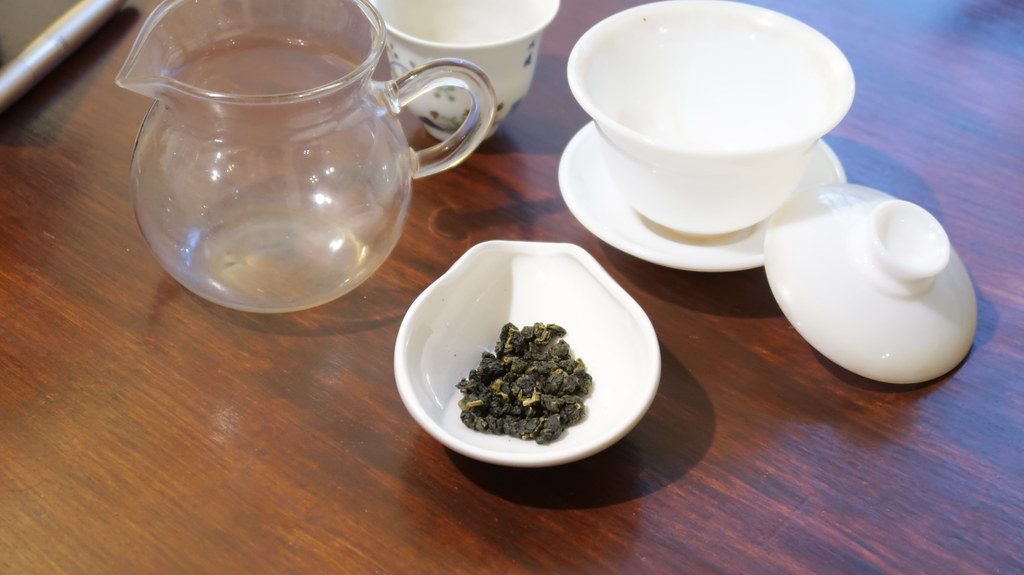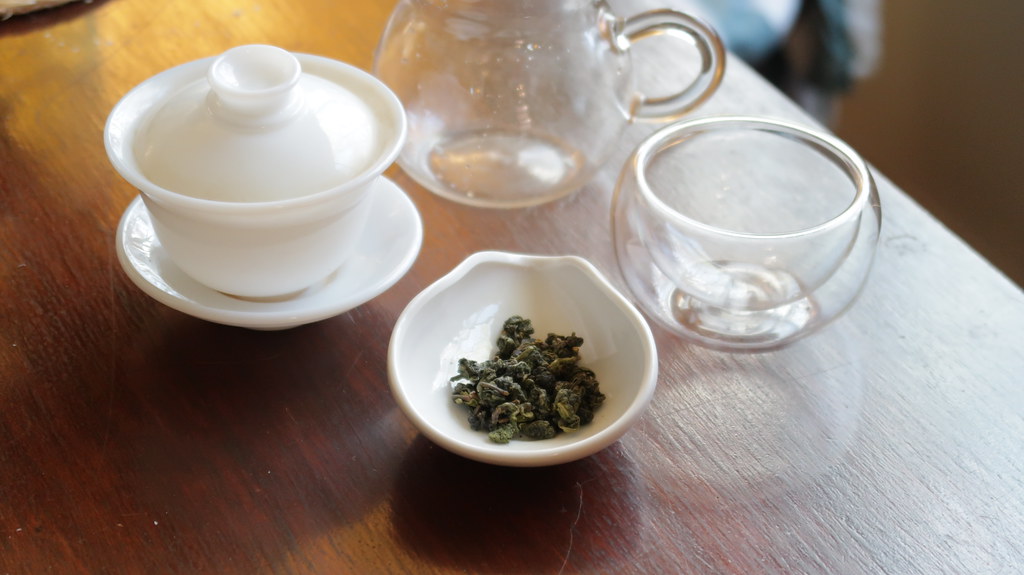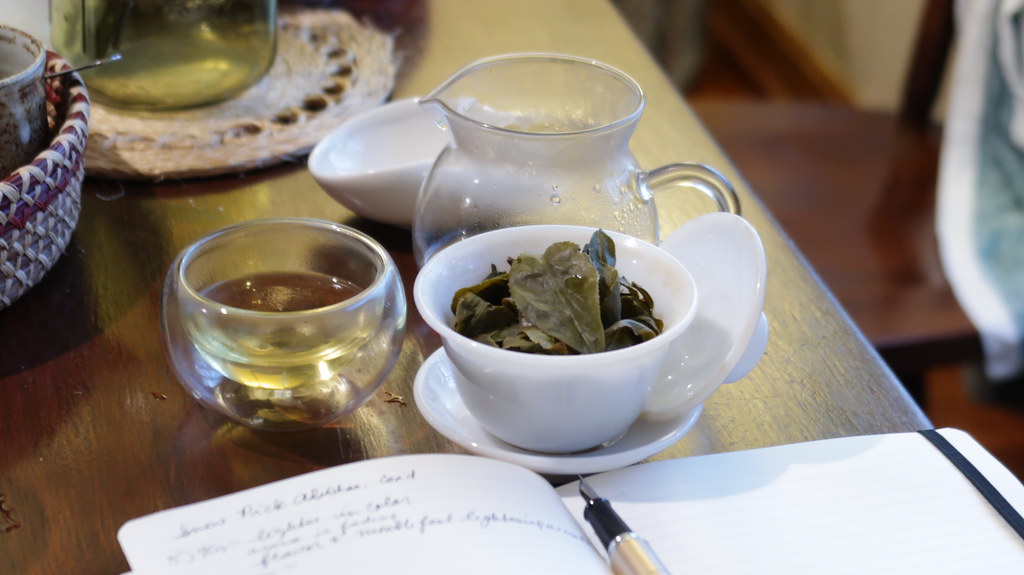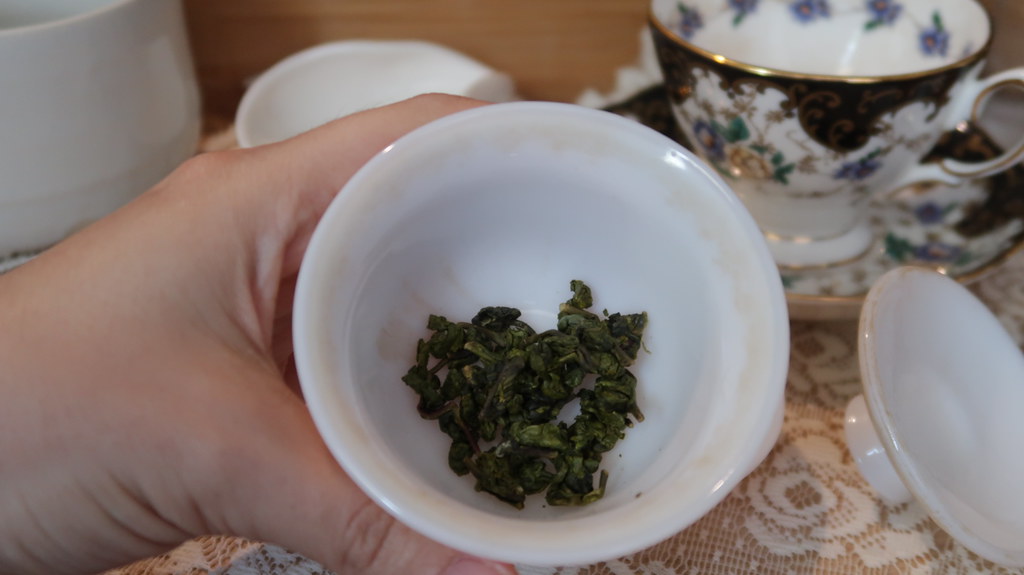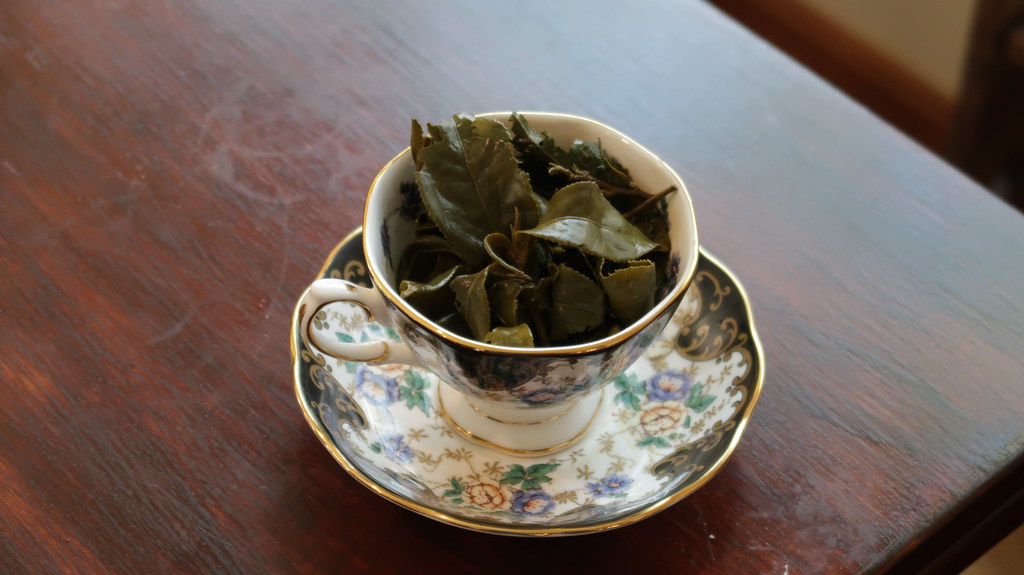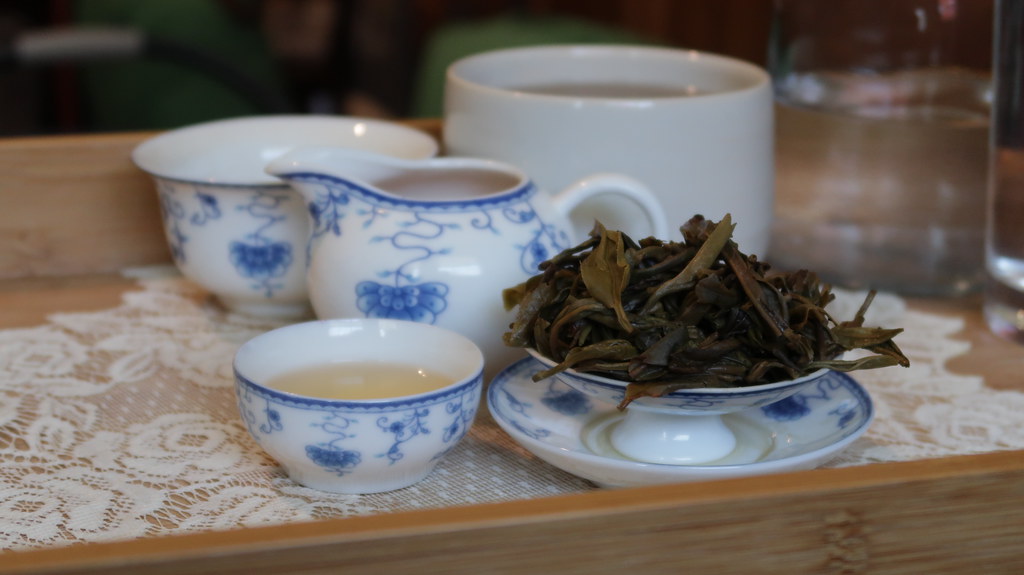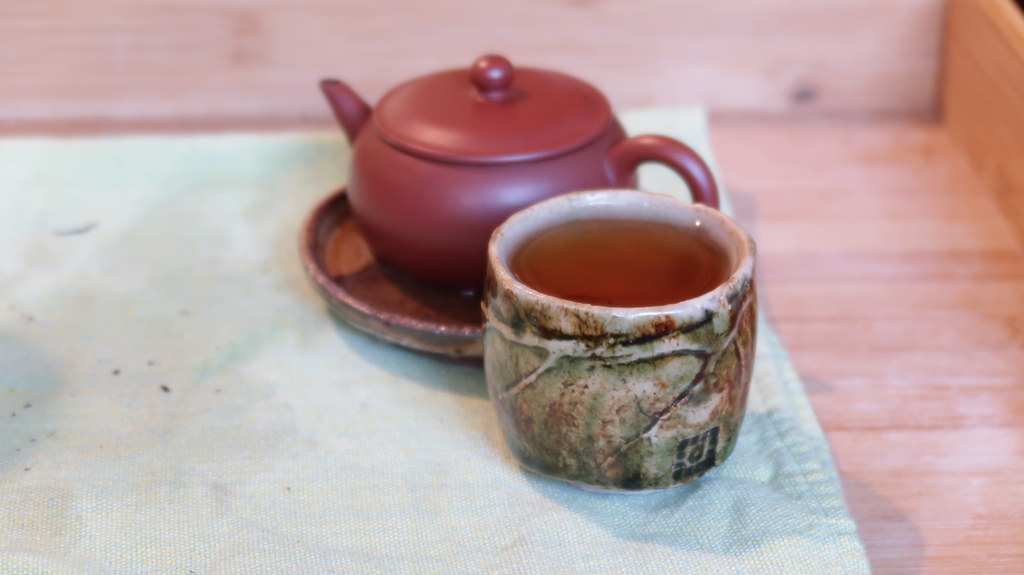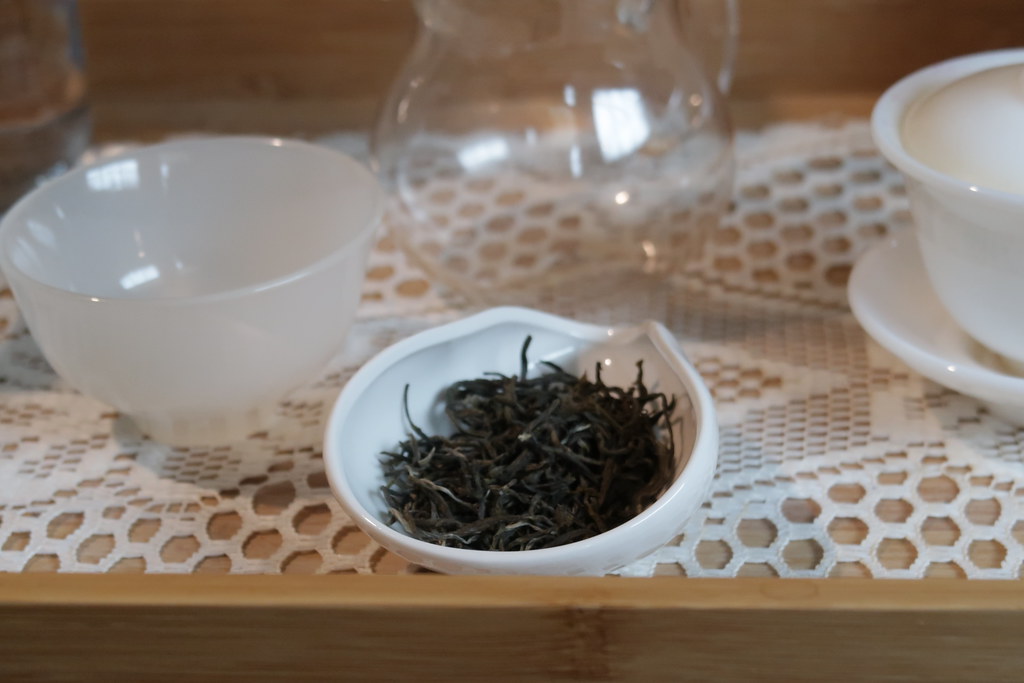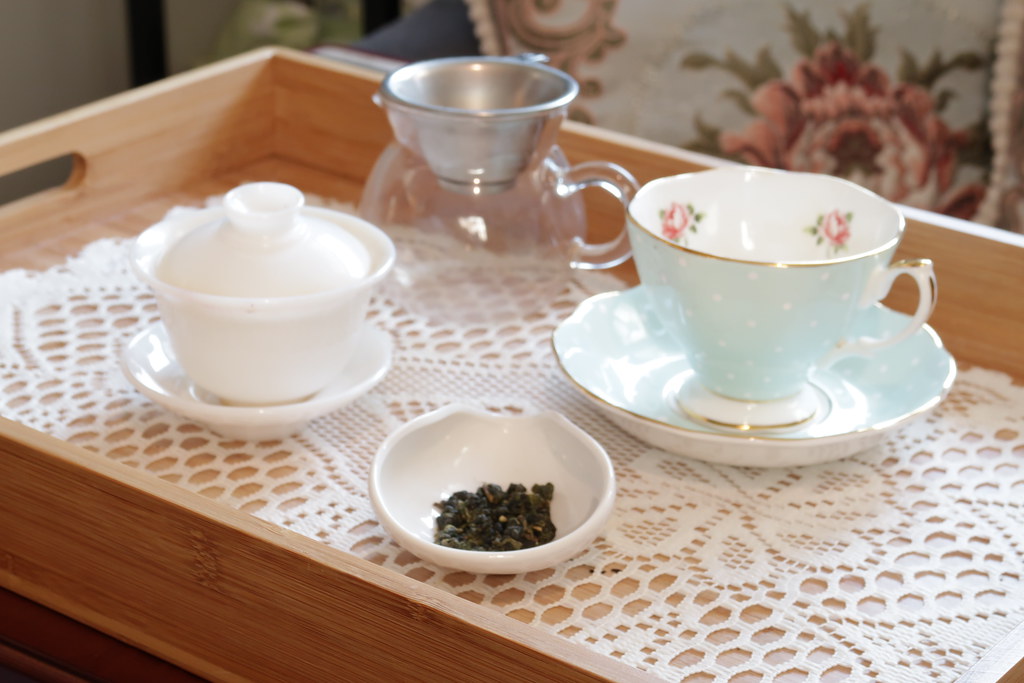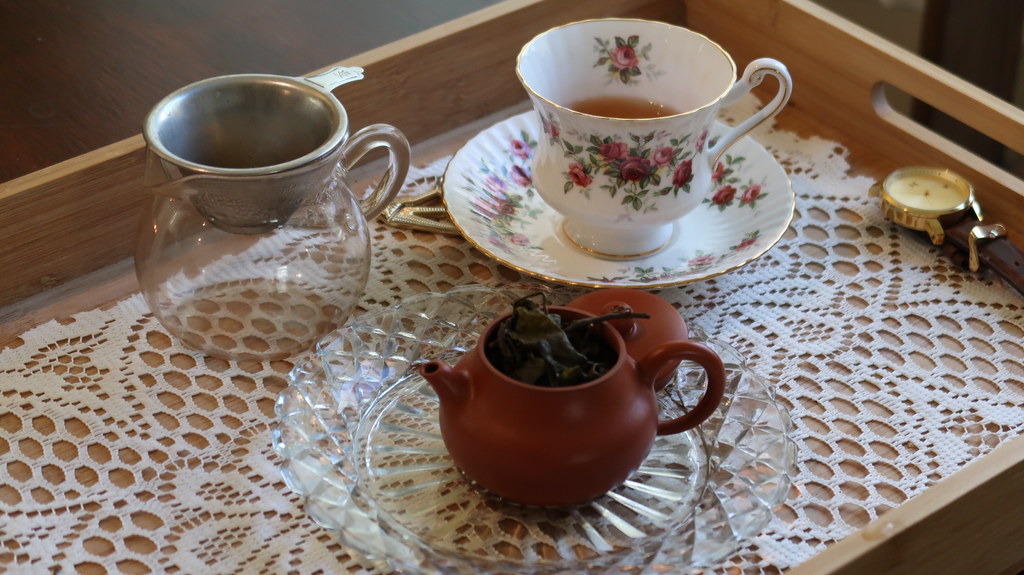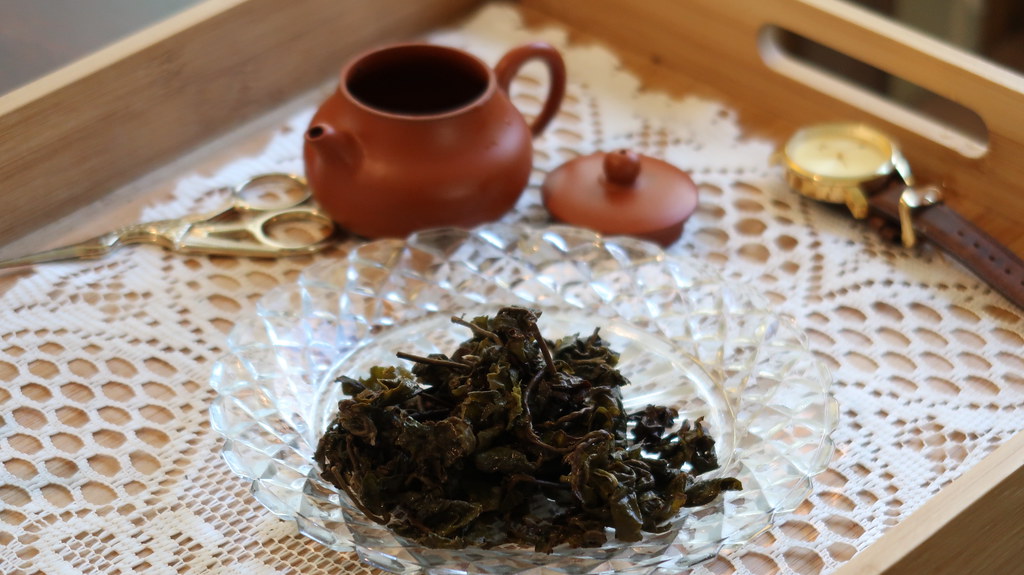I’m tasting another tea from my Tea Thoughts Halloween box today! This week, I’m tasting the Fortune Teller Nepalese black tea from Aera Tea Co. This is a pretty classic black tea and I was excited to sit down and taste it, at least for a couple of infusions, since I already knew it as a very cozy cup of black tea to just be with on a chilly morning.
But first, let’s talk about the name. Fortune Teller is an obvious reference to the archetype of the tea-leaf reader, which comes from Romani culture. The Romani people, originally from the Indian subcontinent, traveled throughout Asia, Europe, and parts of Africa, often following some of the same land routes that brought trade between Asia and Europe. They have communities all over the world today, and one of their most well-known cultural practices are those related to divination, such as tarot and tea-leaf reading.
While the practice became very popular in Britain, likely from existing folk practices of reading wax drippings and other nondistinct shapes, tasseography — divination from the leavings in a cup — originated in Romani culture and it is directly from their influence that these divination practices not only spread around the European world, but became wildly popular. It is important to remember these origins, as the archetype of the “fortune teller” often falls into the trap of stereotyping and harmful generalization based on racist tropes used against the Romani (particularly a certain word, beginning with G, that is often used as a synonym for “free spirit,” but in reality is a slur against the Romani). So I thought it was important to acknowledge the Romani contribution to the landscape of divinatory practices in the modern world, as their contributions permeate it, despite rarely being credited.
Anyway, on to the tea. I used 5 grams in my 120-ml fish teapot with boiling water. I warmed the pot and got aromas of black bread and raisins from the dry leaf. The first infusion was for twenty seconds, after which the wet leaf smelled of brown sugar and dark chocolate. The liquor itself had an intensely smooth, creamy texture in the mouth, a faint sweet aroma, and a sweet, bready flavor. The tannin was extremely mild and there was a very subtle bitter aftertaste, but like chocolate or coffee, and not unpleasant.
The second steeping, for thirty seconds, brought out some rose aromas on the leaf and liquor. The texture was still that same amazing creamy smoothness and the flavor was mellow and chocolate-y. After the third steeping, for forty seconds, I noticed that the flavors and aroma were remarkably consistent, so I stopped taking notes and instead chose to simply enjoy this tea as long as it steeped out. The lack of bitterness makes me wonder if it might be a good candidate for winter grandpa-style brewing.
So a short tasting session today, but a thoroughly enjoyable one. I’m excited to have had a chance to taste this tea because it has made me curious about Aera’s other offerings.
NB: Nothing to disclose. If you are interested in collaborating with me, please read my collaboration information for more details.

